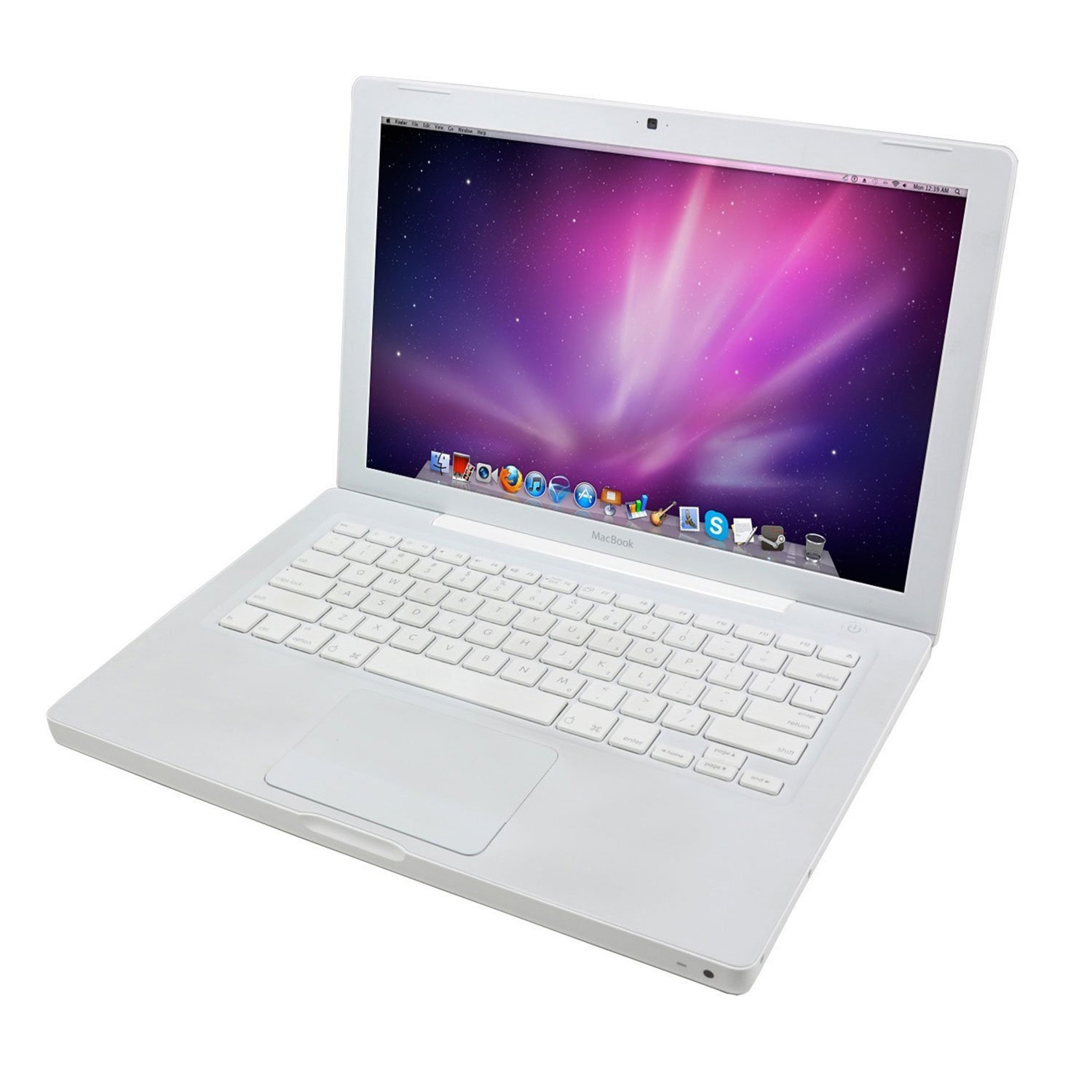

If you upgrade to the $1,799 model, you’ll also get the latest Intel Iris Plus Graphics, which Apple claims will offer an 80% performance increase over the previous-generation dual-core MacBook Pros. Apple has also added the option to configure the 13-inch MacBook Pro with up to 32GB of 3733MHz LPDDR4X RAM and has doubled the base model storage to 256GB (with optional upgrades to increase it to 4TB). The updated 13-inch model is powered by Intel quad-core chips, with optional upgrades to configure the MacBook Pro with Intel’s 10th-gen CPUs that offer up to 2.3GHz per core and TurboBoost speeds up to 4.1GHz. On previous models, the ‘esc’ key was digital, located within the Touch Bar, a design decision that could wreak havoc if the Touch Bar glitched out or broke. In addition to the changes underneath the keys, Apple has also added a physical ‘Escape’ (esc) key to the left of the Touch Bar. The physical 'esc' key is a welcomed change also. This transition means the 'butterfly' keyboard is no longer present in any of Apple's laptops. For nearly five years, Apple’s ‘butterfly mechanism’ keyboard has caused issues for MacBook owners, with individual keys sometimes becoming entirely non-functioning, causing all sorts of issues while typing. Apple has eschewed its troubled ‘butterfly’ keyboard for its Magic Keyboard with this new 13-inch MacBook Pro. We’ll get to the specs in a minute, but first the most important update-the keyboard. Apple has announced its new 13-inch MacBook Pro, bringing modest performances improvements and one physical improvement that should make keyboard warriors around the world much happier.


 0 kommentar(er)
0 kommentar(er)
